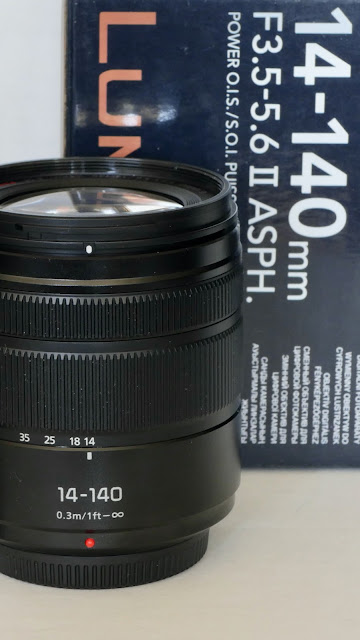Are you a "real" photographer if you are persisting to use small compact (digital) cameras? (As I was asking to myself and my conscientious reasoning mind). The bigger things and the larger ones tend to impress people and in doing so they put pressure on us to follow that inflated trend which seems to never be finished. In photographic gear, we have seen the recent introduction of "pro" (ballooned?) models by several manufacturers (you know already their names!). Let say it right now: I am not impressed and for many obvious reasons. On one side, we cherish the small and readiness of the smartphone, on the other, we are pushing on a pedestal camera models that could be assimilated to the biggest dinosaur ancestors. So, what is the problem here if not one of simply human perceptions and cultural behavior.
For many users, holding or more precisely, showing a camera appears to be an affirmation gesture and posture rather than an act of photographic creativity. The proclaimed artistic tool can be more assimilated as an expensive and large jewel to show its material health and pretended cleverness. See, "I am a "pro" photographer (in my head more than for my empty pocket that never been filled by earning true photo revenue) and ... to finally stating that there is nothing interesting to photograph here or, on the contrary, I will press the shutter to take thousands of similar pictures (good or not) that nobody will never see or care to see anyway.
On the other hand, there are these dedicated "amateur" photographers (I'm there!) that like to "do pictures and share them" (how silly you are since everything has been already done in photography!). Even for myself that love to try different camera and lens models, my principal interest is in discovering how when I can do interesting pictures from them using their hardware and interface particular interpretation versions. And strangely most people are not fooled by the pretentious self-proclaimed "pro" photographers and are far more concerned by the ones who really take pictures even with very small cameras.
So, what is the argue here in this post, you may ask yourself very legitimately. And you are right because there is not at all! Everybody is allowed to spend their money, their interest, and their effort the personal way they intend to do so, and it is just a personal grumble morning from my not completely awaked mind!
Photo Daniel M: Canon ELPH 330
.jpeg)







.jpeg)